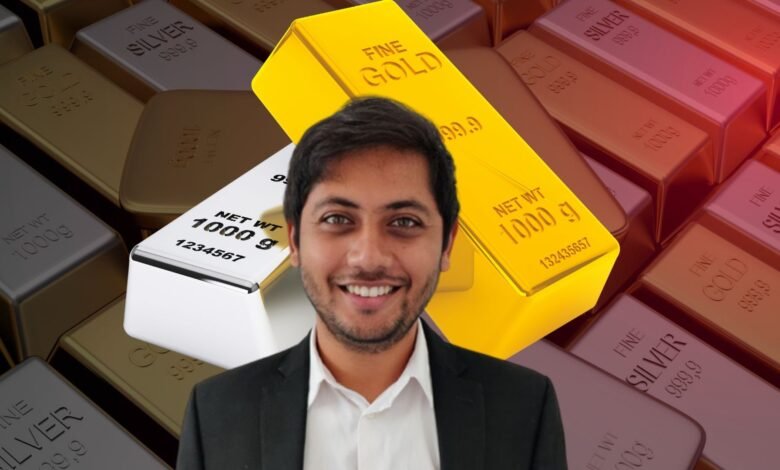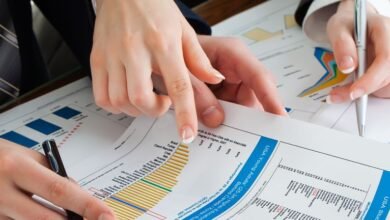Are silver ETFs the next big thing for Indian investors?

As silver ETFs gain traction among retail investors, questions are emerging about how they compare to gold ETFs in terms of scale, stability, and returns. The Federal spoke to Sagar Lele, stockbroker and market analyst, to understand the risks, growth potential, and the right allocation strategy for silver in an investor’s portfolio.
Given the relatively smaller size of silver ETFs compared to gold ETFs, what are the liquidity and concentration risks for investors? How scalable is silver ETF adoption for retail investors?
Silver is a much smaller market globally—roughly one-tenth the size of gold. The same holds true for ETFs, where gold funds have significantly larger market capitalisation and liquidity.
There are two levels of liquidity risk. The first lies in the daily trading volume—lower volumes can lead to higher impact costs, affecting buying and selling prices. The second is tied to authorised participants (APs) in the ETF’s primary market, who handle creation and redemption of units. Strong AP participation, even with modest trading volumes, ensures sufficient liquidity.
Retail investors should focus on the largest and most actively traded silver ETFs—such as those by Nippon India, ICICI Prudential, and HDFC—as these offer better stability and liquidity.
Gold is often seen as a safe haven, while silver carries both industrial and asset value. How much of this industrial demand is already priced in, and what upside remains?
Nearly 50–60% of global silver demand comes from industrial applications—such as solar panels, electronics, and electric vehicles—whereas gold’s industrial use is only 8–10%, with most demand coming from jewellery and central banks.
Despite silver’s industrial relevance, it remains cheaper due to its economic sensitivity. During crises like COVID-19, the gold-to-silver price ratio has widened to around 90:1, compared to its long-term average of 66:1.
Much of silver’s industrial demand is already priced in, but future gains could come from accelerated adoption of green technologies or supply constraints, since most silver is mined as a byproduct of copper, zinc, or lead extraction—making pure silver mining rare.
Given silver’s smaller market and lower liquidity, how vulnerable is it to sharp drawdowns or speculative bubbles?
Silver’s volatility is typically three to four times higher than gold’s. This stems from its exposure to industrial cycles and speculative trading.
During periods of distress—such as April 2025—silver prices fell about 20%, compared to gold’s 5% drop. Conversely, recoveries tend to be stronger: post-COVID, silver rallied 140% while gold rose 40%. Unlike gold, silver doesn’t receive central bank buying support during downturns, which makes it more vulnerable to market shocks and speculation.
Physical silver has higher storage and purity costs than gold. In the ETF context, how do these costs compare?
While physical silver is far more expensive to store due to its bulk—requiring nearly 90 times more space for the same value as gold—the ETF cost difference is minimal, around 15–20 basis points in India and about 10 basis points in the US.
This is due to economies of scale in large funds and the use of external custodians by asset management companies (AMCs), which spreads storage costs across investors. For retail investors, this means the difference in fund expenses between gold and silver ETFs is largely negligible.
In a diversified portfolio, what’s a prudent silver allocation? Which investors should consider it, and over what horizon?
Gold and silver shouldn’t be viewed as a single asset class, since gold provides stability, whereas silver carries cyclical, industry-linked risks. Core assets like equities, debt, or gold should form 70–90% of a portfolio, while silver could fit into a cyclical or tactical bucket—roughly 2.5% to 15% depending on the investor’s risk appetite.
High-risk investors can allocate up to 15–20%, while conservative investors may limit exposure to 5–10%. However, with silver prices at record highs, caution is advisable — it may be better for investors to wait for better entry points.
The content above has been transcribed from video using a fine-tuned AI model. To ensure accuracy, quality, and editorial integrity, we employ a Human-In-The-Loop (HITL) process. While AI assists in creating the initial draft, our experienced editorial team carefully reviews, edits, and refines the content before publication. At The Federal, we combine the efficiency of AI with the expertise of human editors to deliver reliable and insightful journalism.






